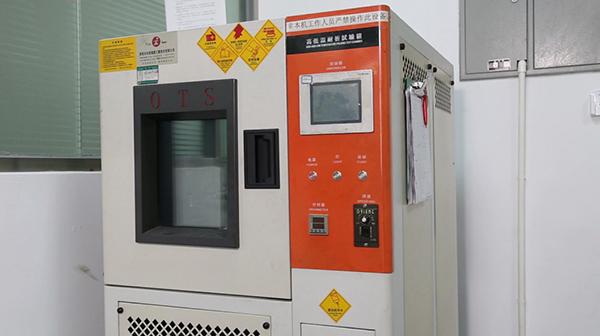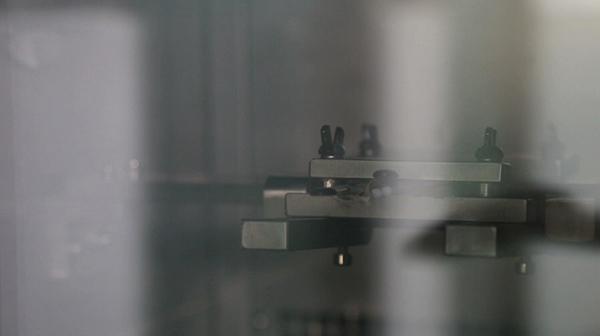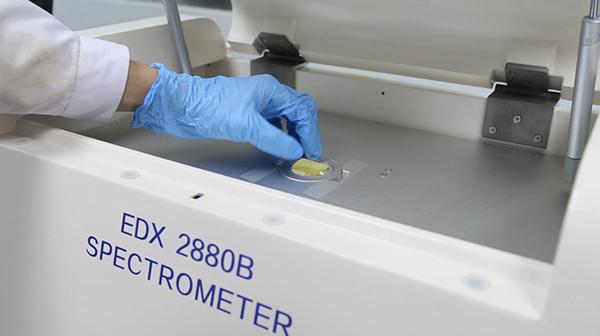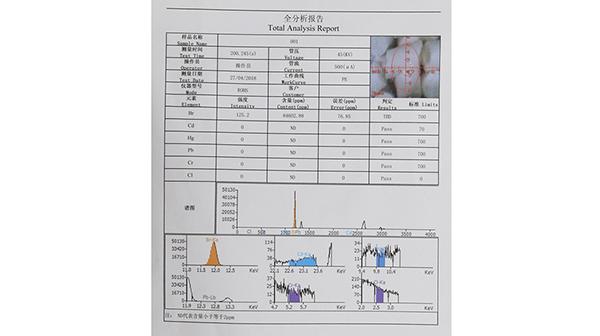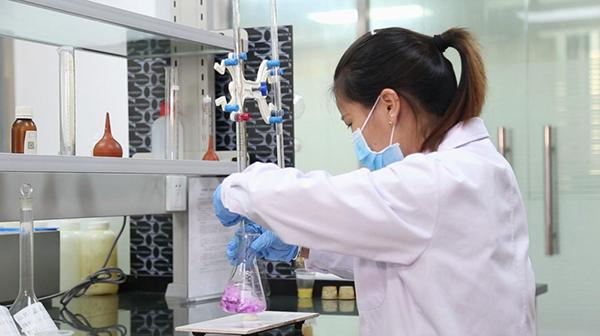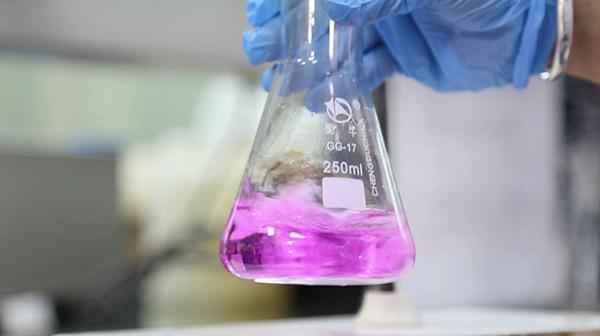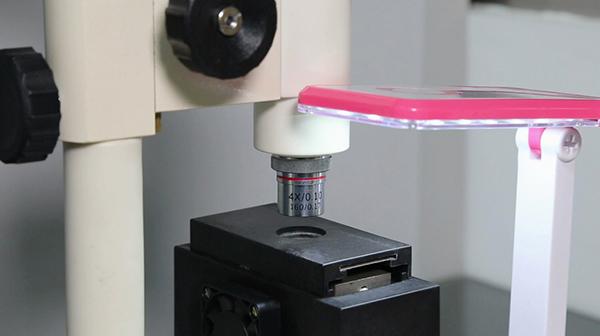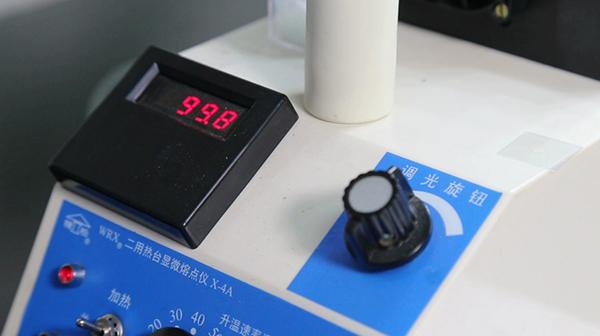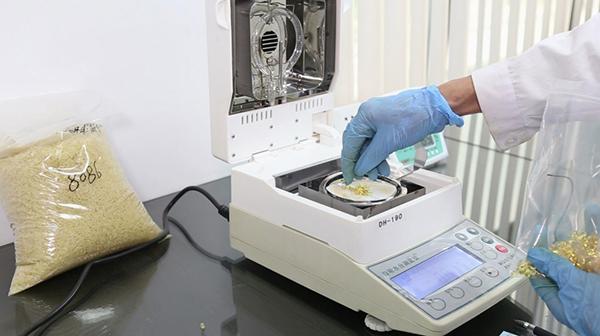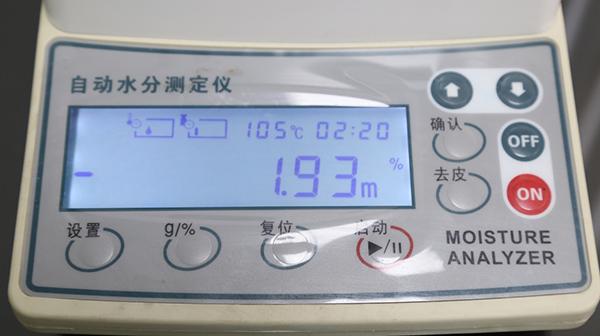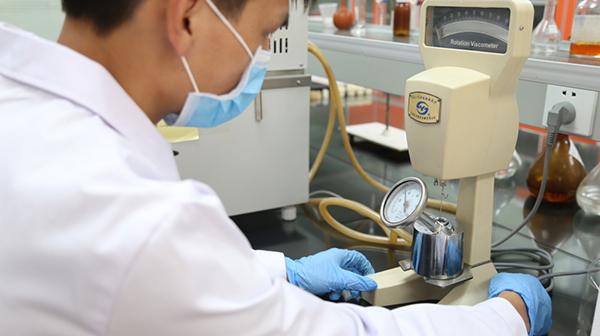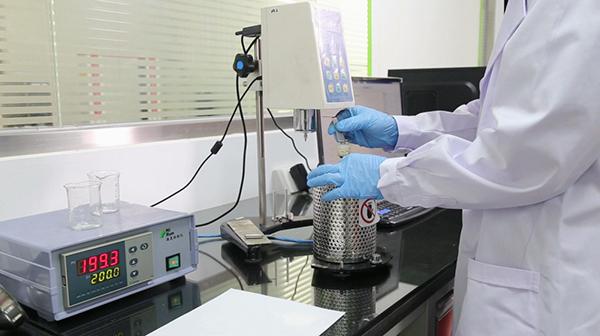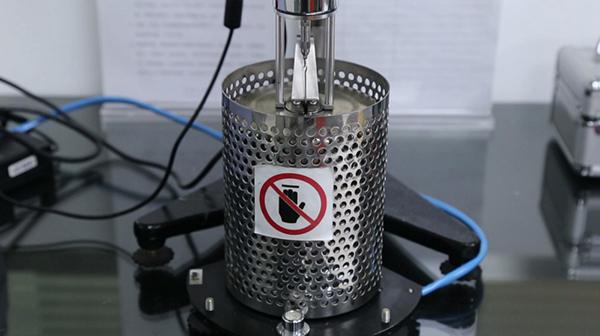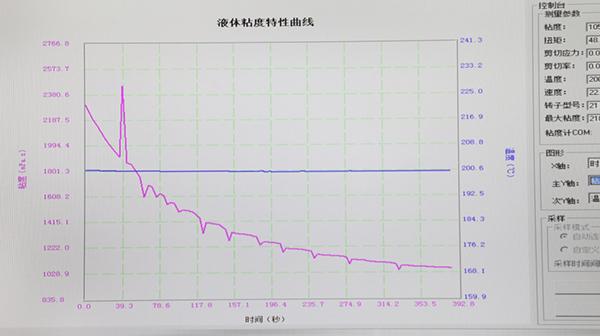- Home
- Factory Tour
- Quality Testing Lab
The PA hot melt adhesive technique utilized by SUNTIP originated in an American lab in the 1960's. We have since adopted the technique and made necessary advancements. The composition and proportion of materials play a decisive role in the process of hot melt adhesive and each of the excellent hot melt adhesives we manufacture is the result of many experiments and product testing stages.
Our R&D center features an organic synthesis lab and advanced product testing equipment, so we can test the semi-finished products in different stages of production cycle to make sure the performance of the finished adhesive is qualified.
High and low temperature testingThe high and low temperature testing chamber is used to test the adhesive tolerance to environmental temperature whose range is usually from -40℃ to 150℃
Harmful substances testing
We use an X - ray fluorescence spectrometer to test whether the sample contains substances harmful to the environment, in order to make our products meet European Union RoHS standards.
Amine value and acid value testing
We test the amine and acid value of a sample by using reagent titration to estimate whether the proportion of reactant is balanced or not.
Melting point testing experiment
We detect the melting range of crystalline polymers with an optical method and detect the softening point of hot melt adhesive by the ring-and-ball method, enabling us to know the usable temperature and tolerance to high temperatures of products.
Moisture testing
The moisture detector can test the moisture and volatile substance content of adhesives, which is tested to ensure the quality and purity of products.
Curing agent viscosity testing
We test the viscosity of curing agents with a rotational viscometer in order to ensure our products meet the requirements of customers.
The glue pellets' viscosity testing
We test the glue pellets' viscosity using a Brookfield viscometer.


